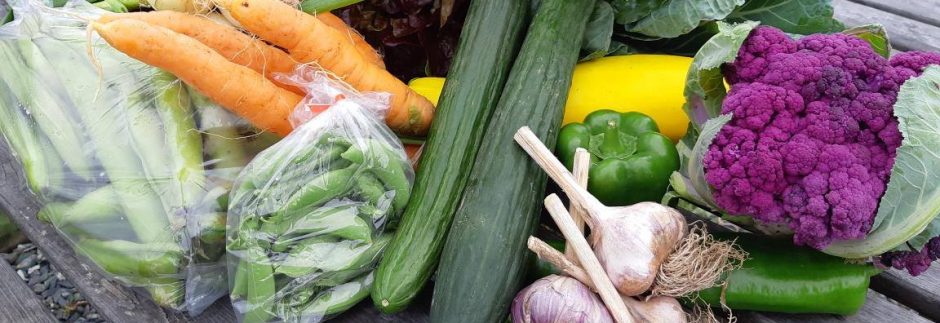
However, not all plants handle thinning the same way.
#GREEN BEAN SEEDLINGS HOW TO#
Learning how to thin plants isn’t difficult. Of course, I have found cloudy days to be just as effective. Seedlings should have at least two pairs of true leaves and be about 3 to 4 inches (8-10 cm.) tall before thinning.Įvening hours are a good time to thin seedlings as the cooler temps and darker conditions make it easier for the remaining seedlings to bounce back from any stress they may have received. You can soak the area with water to soften the soil if it’s too dry. Make certain the soil is reasonably damp beforehand, which simply makes it easier to pull the plants out intact and with less damage-similar to weeding young sprouts. Depending on what you are growing, you’ll want to thin plants out enough so that each seedling has a couple of inches (5 cm.) of space (or two finger widths) on either side. If you do it too late, the overdeveloped roots may cause damage to the remaining seedlings during the thinning process. Knowing when to thin seedlings is also important. Crowded plants limit air movement, which can lead to fungal diseases, especially if the foliage remains wet for extended periods. When you thin seedlings, you’re also helping to improve the air circulation around them.

The practice of thinning plants is done to allow them plenty of growing room so that they can receive all the proper growth requirements (moisture, nutrients, light, etc.) without having to compete with other seedlings.

Knowing when and how to thin plants is important for their overall health and success. Thinning plants is a necessary evil we must all face in the gardening realm.


 0 kommentar(er)
0 kommentar(er)
